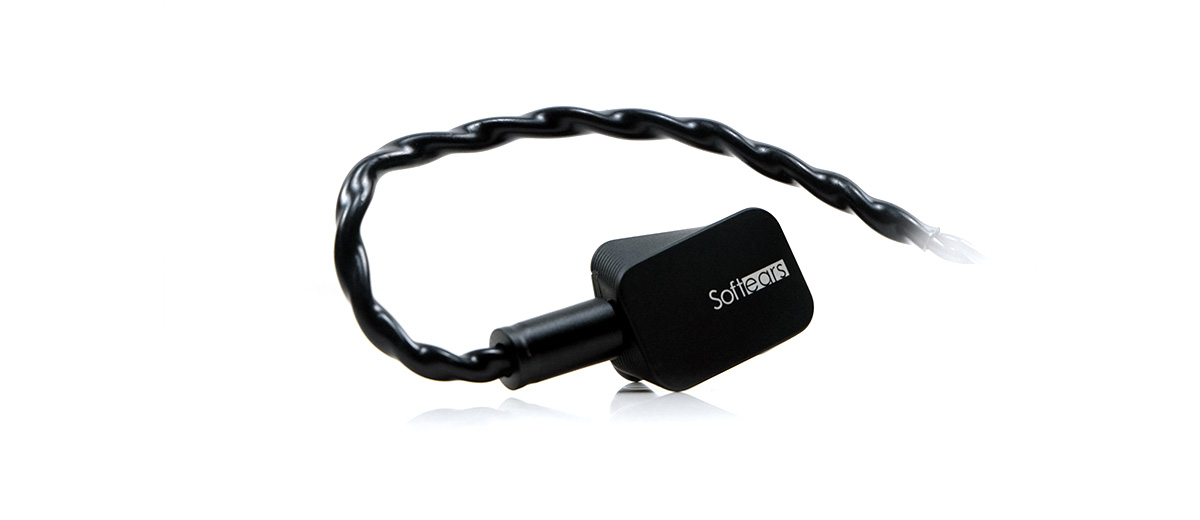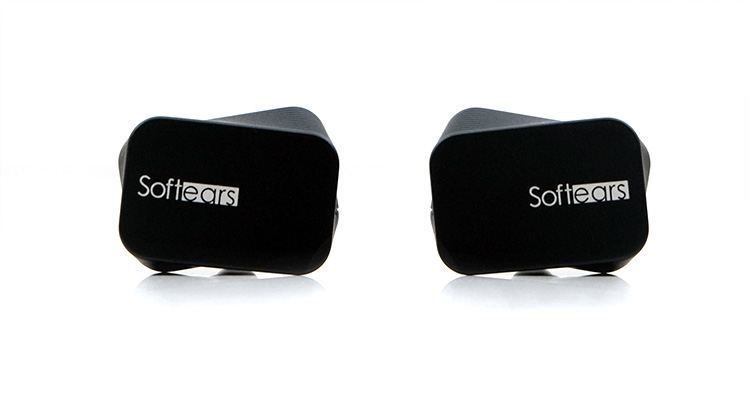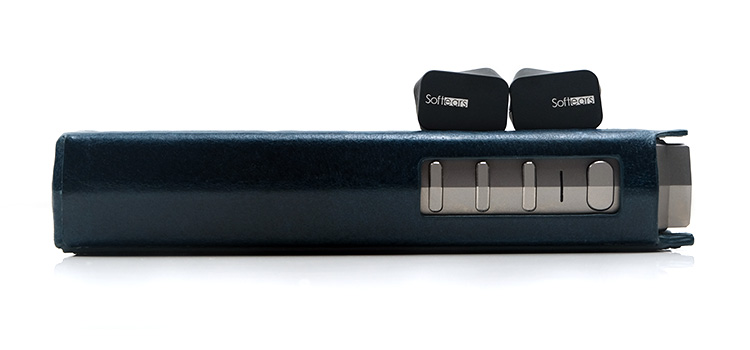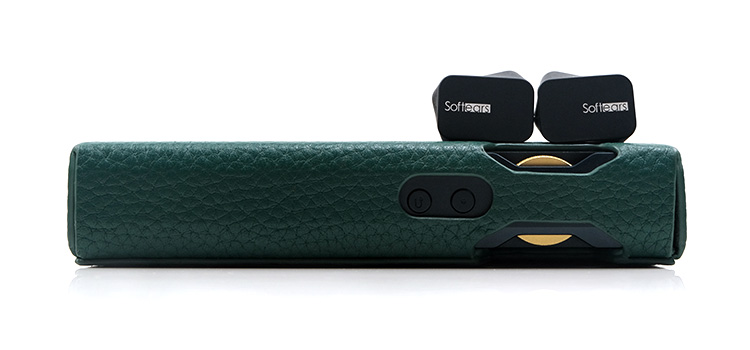Sound Impressions
Summary
The Softears Twilight hits closer to home in terms of how I like a dynamic driver to sound. It eschews a stereotypical V-shaped “bombs are dropping” tuning in favor of something more balanced and closer to target curves such as Harman and Moondrop’s own VDSF interpretation.
That means the lift in the sub-bass is deft rather than destructive, the mids are vibrant and clear with some excellent imaging capability and a treble presence that is gentle rather than peppy.
To some, it will sound smooth, possibly even slightly warm, and easy on the ear. Sennheiser IE 600 users should be able to relate to that when A/B’ing between the two. There is less of that bass and treble contrast giving the Twilight that slightly softer tonal color.
For others, and I speak to those coming from the likes of the Campfire Vega 2020 and HIFIMAN RE2000 So, it will actually sound more balanced and accurate in both coloration and especially in its use of acoustical staging space.
Surprisingly, for a single dynamic driver, it is quite efficient. Not quite as efficient as the Vega 2020 which is very easy to drive but for the other two compared monitors the Twilight sang louder at lower volumes.
Can it scale? Yeah, it can. Additional Vrms from capable DAPs such as the HiBy RS8 and the Cayin N8ii tighten the bass response and improve the speed of that low-end slam immeasurably.
Will it work on dongles? No issues, but there is a caveat for me personally and that is to keep it paired with a dongle that has a similar dynamic profile as the two mentioned DAPs. Dongles such as the Questyle M15 fit the bill with a clean dynamic sound signature countering any tendency for the Twilight to sound too laidback.
Frequency Response
So, I mentioned a few curves and to be honest, the Twilight is probably the single dynamic driver IEM that I have heard that comes closest to the ideal curving.
It’s not perfect but I suspect it was not meant to be. For example, the 100Hz right up to 1k is lifted and north of neutral so it does carry a bit of warmth and body but it’s not overbearing, not by a long stretch.
One of the factors is a relatively neutral 100Hz to 20Hz sub-bass response, something which I generally find to be where competing companies throw in the most dB gain. It gives them a hefty wall of bass but generally needs to be offset by a counter treble lift and that’s when we go into V-shaped sound signatures.
The Twilight keeps the sub-bass relatively neutral, though by no means shy so it hits deep but not in an overpowering manner. That low-end is pleasingly tight and responsive and importantly does not overpower any aspect of the mids.
There is some scooping in the lower mids just before 1k but not a huge amount. It is more the 1-3k rise in the mids and the excellent pinna gain that will catch your ear and set it apart from a lot of competing dynamic driver models. It sounds resolutely clear, well separated from the bass response, and surprisingly spacious to my ear also.
The rest of the FR up to 8k runs a little south of the Harman curve with an 8-10k lift but in degrees of dB gain it’s quite modest. It keeps it from sounding overtly dark or muffled sounding and there is enough upper-mids energy around 4-5k to allow percussion to capture higher-order harmonics in a pleasing manner.
Timbre
Smooth, slick, natural, and easy on the ear. That just about sums it up for the timbral coloration of the Twilight. Having said that, the mids are really clear sounding.
Thankfully Softears has resisted injecting huge dollops of both warmth and bass aggression into the low-end so whilst it will not thump as hard as the likes of the Vega 2020 or the IE 600 it does balance better with the midrange giving it a much more balanced tone to my ear.
There are no significant levels of treble/bass contrast, the attack is fairly liquid and the slower decay is about right for a dynamic driver. There are no overbearing levels of bloom in the upper bass either clearing a space for lower mids instrumental notes to retain an impressive level of clarity.
It also does a faithful job with source coloration suggesting a better-than-expected level of transparency. Some sources such as the N8ii will sound richer and the RS8 performance will come across as tighter and more neutral. My personal preference is tight and neutral but no denying the Twilight vocal performances from the N8ii sound vivid and very engaging.
Sibilance is not really there but again, not an overly rounded tone and not a dull one either. That push in the 1-3k region and reasonable presence beyond to about 5k keeps the energy ticking along nicely but without any sharp overtones.
The lacking? Treble extension and sparkle. If you are after that all I can suggest is a bright source and the silicone tips but otherwise, it is not an IEM that is strong on upper treble presence.
Staging & Dynamics
The Twilight likes voltage and the more you feed it the more impressive the staging depth and dynamics become. The height is just ok, nothing special and it might struggle to tease out enough presence in the upper treble for you to pick out subtle spatial cues compared to taller sound signatures such as the IE 600.
However, the layering and acoustical arrangement in the bass and mids are excellent for a single dynamic driver. Here I feel Softears has nailed it. It sounds open and wide with instrumental arrangements suitably stretched, and not sitting on top of each other. Vocals are definitely to the fore but also definitely not shouty either.
Laying off the sub-bass dB does give more room for the Twilight to shine beyond 100Hz despite outright power taking a dip. Despite that additional warmth beyond and up to the lower mids, the bass layering still retains some excellent texture and character. That is something that can get lost when you go all-out sub-bass slam.
Synergy
Efficiency
The Softears Twilight is rated at 16Ω and 116dB @1kHz SPL which on paper sounds quite efficient. However, I do find some variation between it and our compared monitors on page 3 of this review that suggests some inconsistency in expectations.
For example, the Twilight is a little more sensitive to current than the 18Ω and 118dB @1kHz rated Sennheiser IE 600 which on paper it should not be. This was tested using the 4.4mm balanced output of the HiBy RS8 with Turbo Mode switched on and in a low gain setting.
On the flip side, the Twilight is not as sensitive as the 36Ω rated Campfire Audio Vega 2020 though its SPL is not a like-for-like match since Campfire uses a Vrms to 94dB @1kHz SPL benchmarking system.
The one consistent matchup in terms of ratings on paper was the HIFIMAN RE2000 SE, which, at 60Ω and 103dB, is definitely more power-hungry compared to the Twilight in our source matchups.
The Twilight is not so sensitive that it will pick up hiss from higher noise floors. On all our tested DAPs and dongles it painted a perfectly black background. It can suck up a bit of power as well and does sound much more dynamic with a bump in Vrms from the likes of the HiBy RS8 and the Cayin N8ii‘s Turbo Mode and P+ mode with a balanced output connection.
At the same time, balanced connections with dongles in a low gain mode such as the Cayin RU6 and Questyle’s M15 did not need to be pushed that hard either to get a good quality audio performance.
Pairings
I paired 4 DAPs and 2 dongles with the Softears Twilight. Overall, I ended up preferring a source with a cleaner tonal quality combined with an output that kept the pairing sounding punchy and dynamic in the performance.
Dongles
For example, the two dongles tested were the Cayin RU6 and the Questyle M15, which, in their own unique way produce a very good performance out of the Twilight.
However, with the M15 the Twilight sounds more robust and with a cleaner treble overtone. This helps produce a more energetic performance with stronger dynamics. I felt it fitted a wider range of genres compared to the RU6 though I must point out that the lack of onboard volume control makes it a challenge to micro-adjust the M15 for loudness.
The RU6 is more relaxed with the Twilight and yes, its onboard volume control is much better which might suit those who want a longer listening session.
This is a more laid-back and very smooth and sweet coloration which works quite well with the Twilight tuning for more intimate vocalist performances but does offer less punch and sparkle for EDM genres.
DAPs
Of the four DAPs tested, it was the RS8 that delivered the tightest low-end but the most neutral sounding of the 4 for mids timbre.
You do need the RS8 Turbo mode turned on because the Twilight slams beautifully with this pairing with a shorter decay and a very fast transient response for a dynamic driver. The treble reach was quite impressive.
The N8ii is a little softer and slower in the note decay but offers a richer more vibrant midrange texture and a sweet upper mids and treble performance out of the Twilight. Vocals sound further forward in the mix also so if you want a very engaging vocal performance this would be my pick.
Mind you, you need the P+ and Class AB to achieve that since Class A won’t allow the P+ additional voltage setup, and it’s a bit flat sounding without it, much like the RS8 is without Turbo mode turned on.
The LP P6 Pro is closer to the Cayin N6ii with a meatier sound compared to the RS8 but it’s also a bit more intimate and not quite as extended in the highs. So, once again great for vocals with the Twilight and drives a nice rhythm from the dynamic driver low-end but can come across as darker sounding compared to the aforementioned DAPs.
The Lotoo PAW Gold Touch is showing its age a bit now. On its own, it has a nice punchy clear tone but lacks the same level of resolution and dynamic range as the above DAPs.
This is especially so when comparing the low-end of the Touch/Twilight pairing against the Vrms modes of the N8ii and the RS8 which made it sound quite soft and boring in its delivery.





